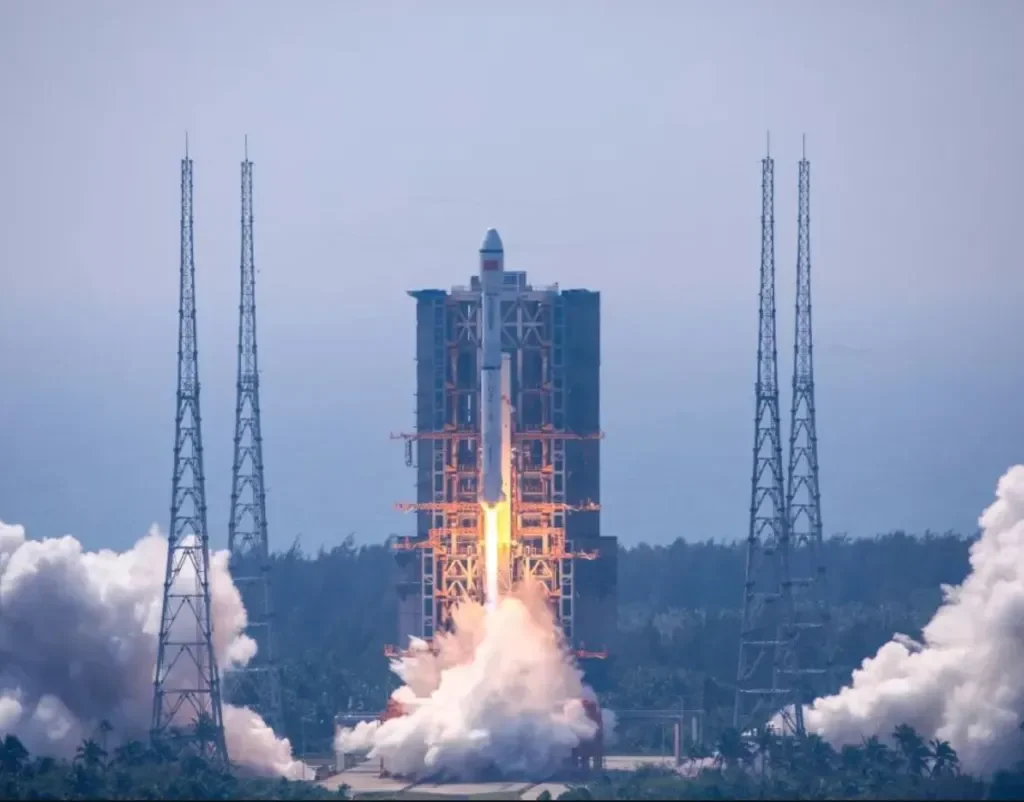China has achieved a significant milestone in its space endeavors with the completion of the first launch pad at the Hainan Commercial Launch Site on December 29. The newly-completed launch pad is poised to enhance China's access to space, providing crucial support for national constellation projects and commercial launch initiatives.
This development addresses a key bottleneck by offering increased access to launch facilities for both national and commercial launch service providers. The completion of the launch pad is expected to accelerate Chinese entities' plans to launch a variety of constellations, thereby strengthening the nation's ability to deploy and maintain space assets for civil and military purposes. These assets include systems for remote sensing and communications.
The Hainan Commercial Launch Site, located near the Wenchang spaceport on Hainan Island in the South China Sea, is now equipped with the first of two pads designed for liquid propellant launch vehicles. This strategic move is anticipated to facilitate a transition away from older hypergolic rockets, minimizing the risk of booster debris falling in inhabited areas post-launch.
The completed Pad 1 is dedicated specifically to the Long March 8, a newer kerolox medium-lift rocket developed by the China Aerospace Science and Technology Corp. (CASC). This rocket is a key component of China's plans to construct a 13,000-satellite low Earth orbit broadband megaconstellation, often compared to SpaceX's Starlink.
The upcoming launch from Pad 1, expected in the first half of 2024, will be the Queqiao-2 lunar relay satellite, a prerequisite for China's ambitious Chang'e-6 lunar far side sample return mission.
Meanwhile, a second commercial launch pad is under construction on Hainan and is expected to be completed by the end of May 2024. This pad, described as universal, will host the “XLV” rocket developed by CASC's Shanghai Academy of Spaceflight Technology (SAST).
The new facilities are anticipated to accommodate various launch vehicles, including those from CASC subsidiaries and commercial entities like iSpace, CAS Space, and Deep Blue Aerospace. This expansion is poised to not only increase launch capabilities but also reduce costs, according to officials from the launch site.
Furthermore, China's evolving space ambitions include plans for additional launch sites, including one near Ningbo in Eastern China. Although there were previous indications of a stall in progress, recent updates suggest that the project remains active, underscoring China's ongoing commitment to advancing its space capabilities.
